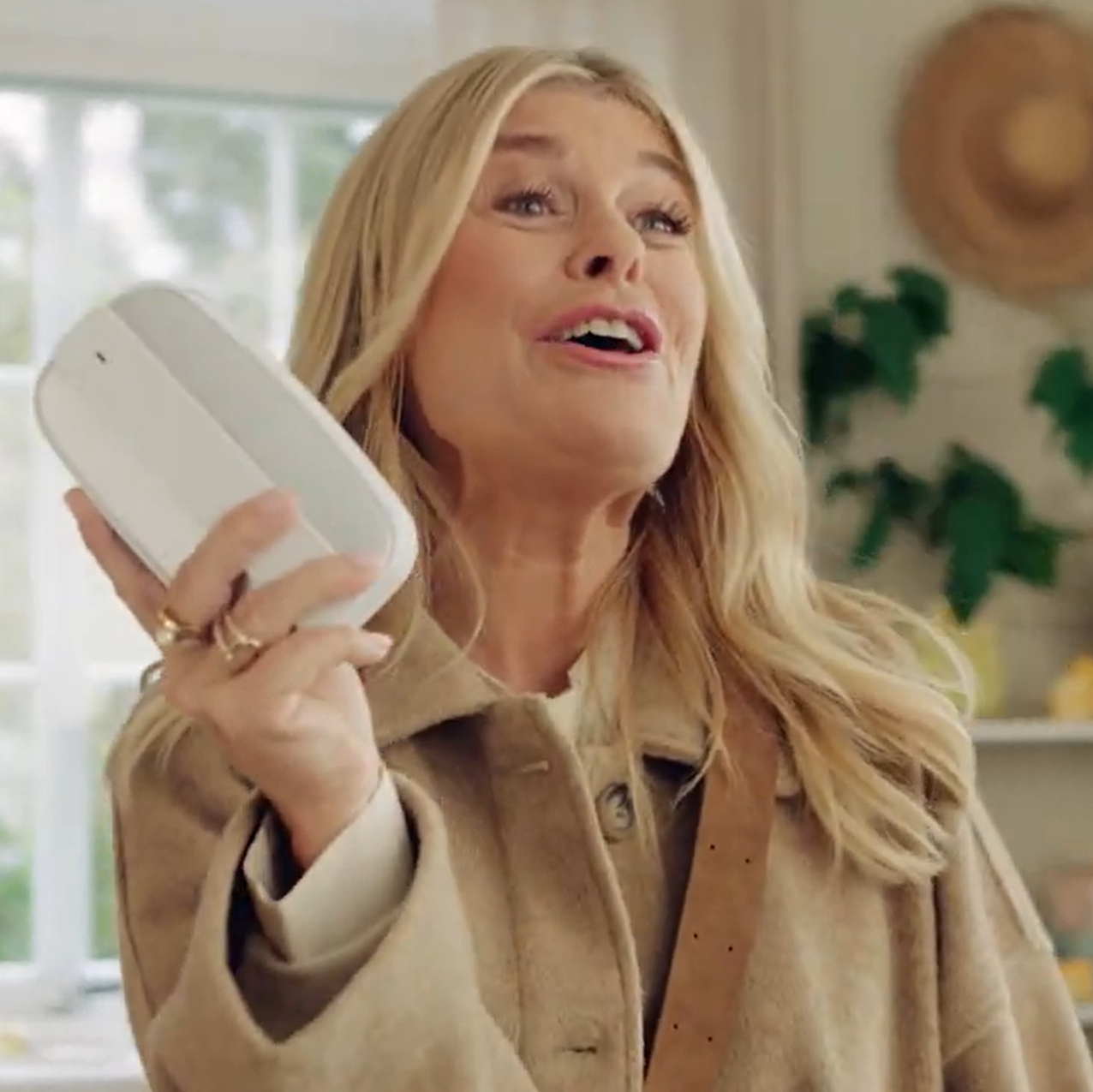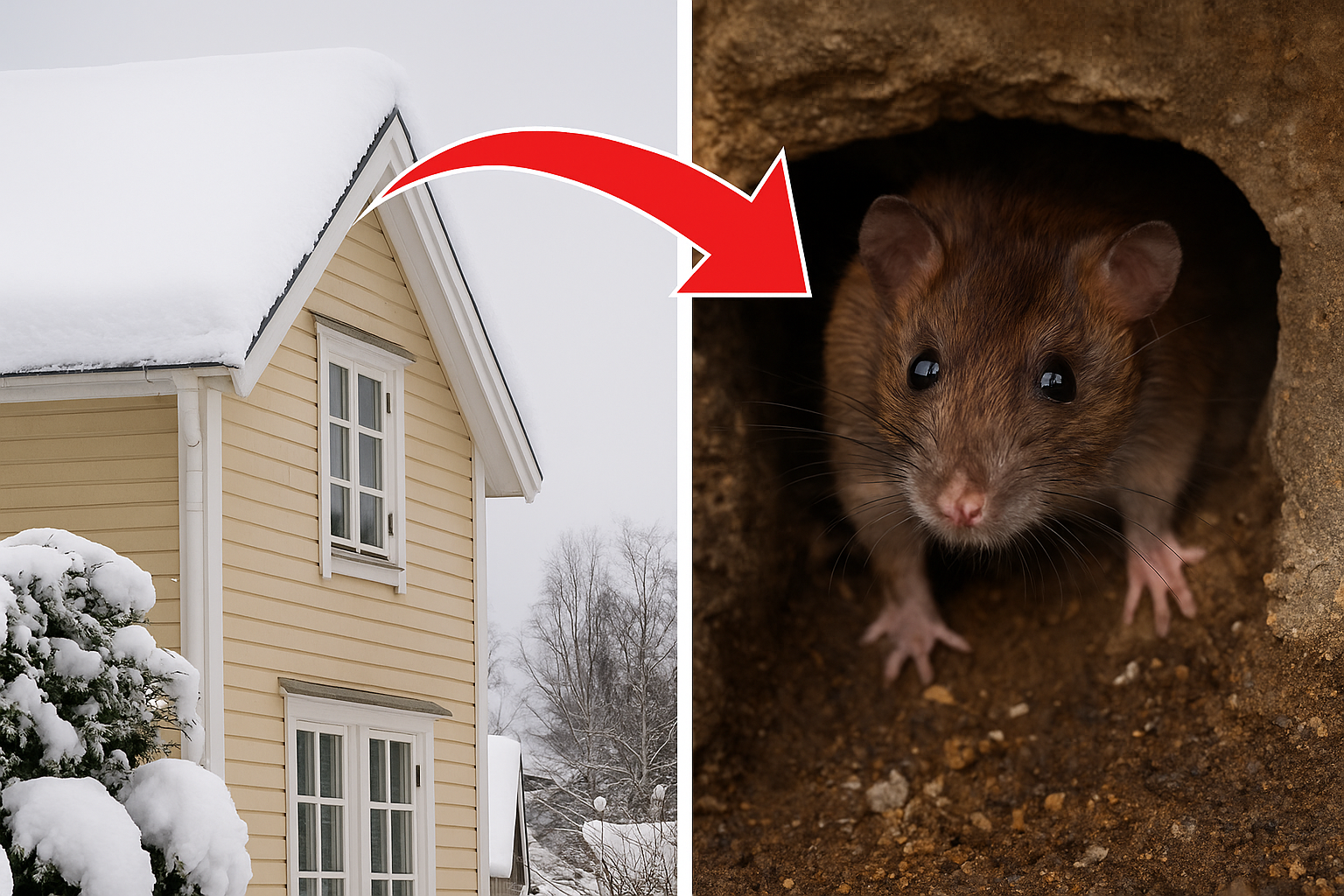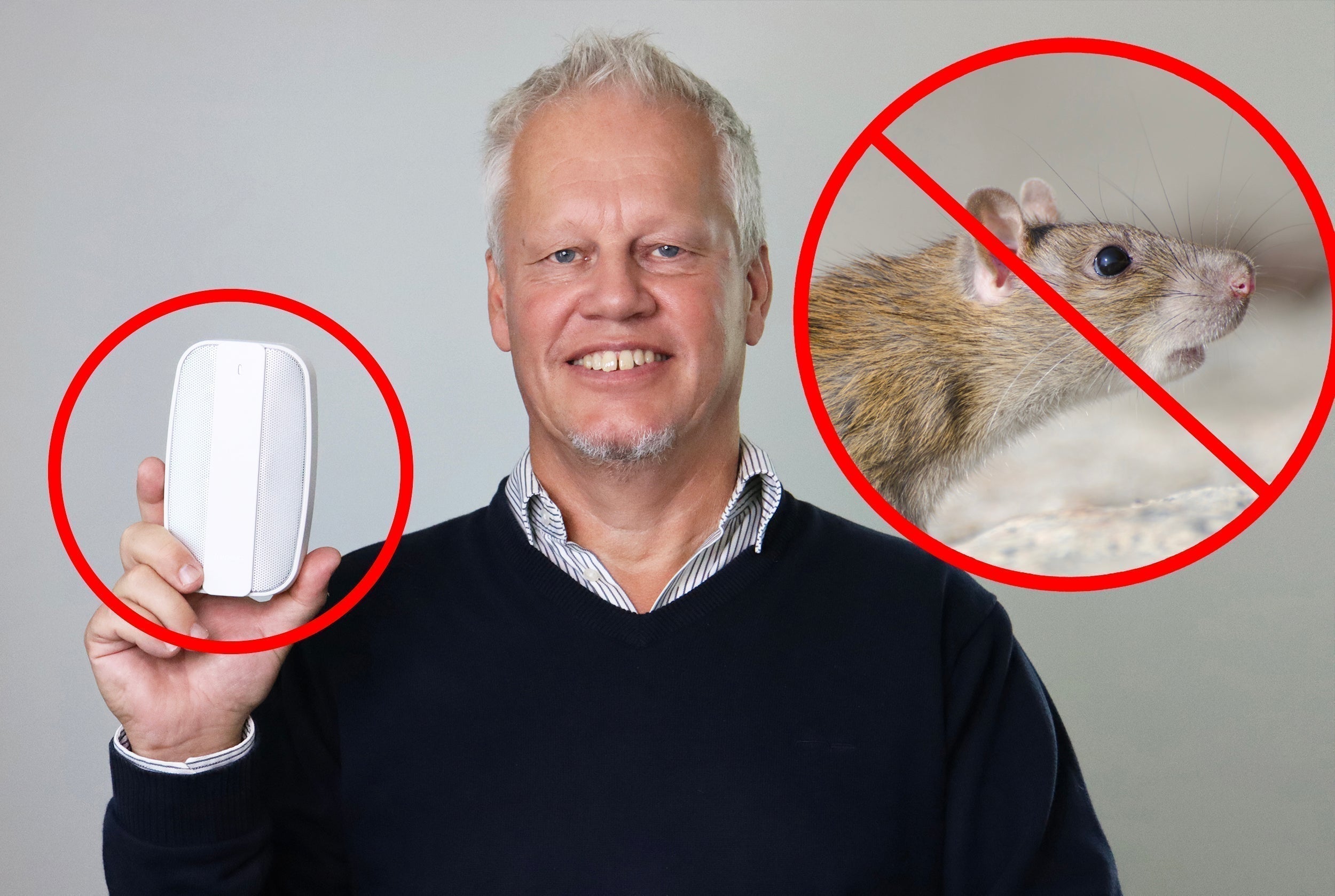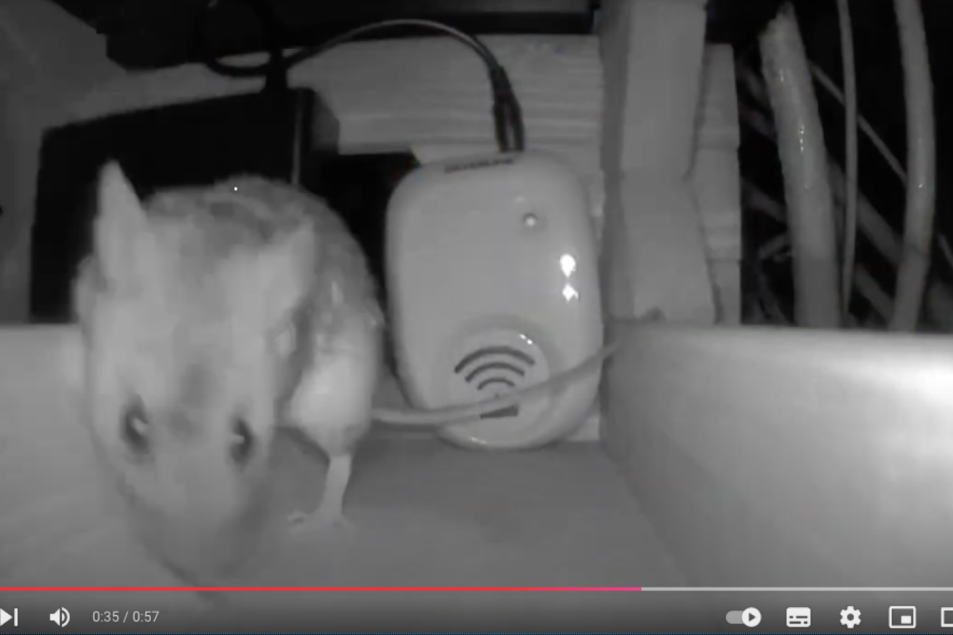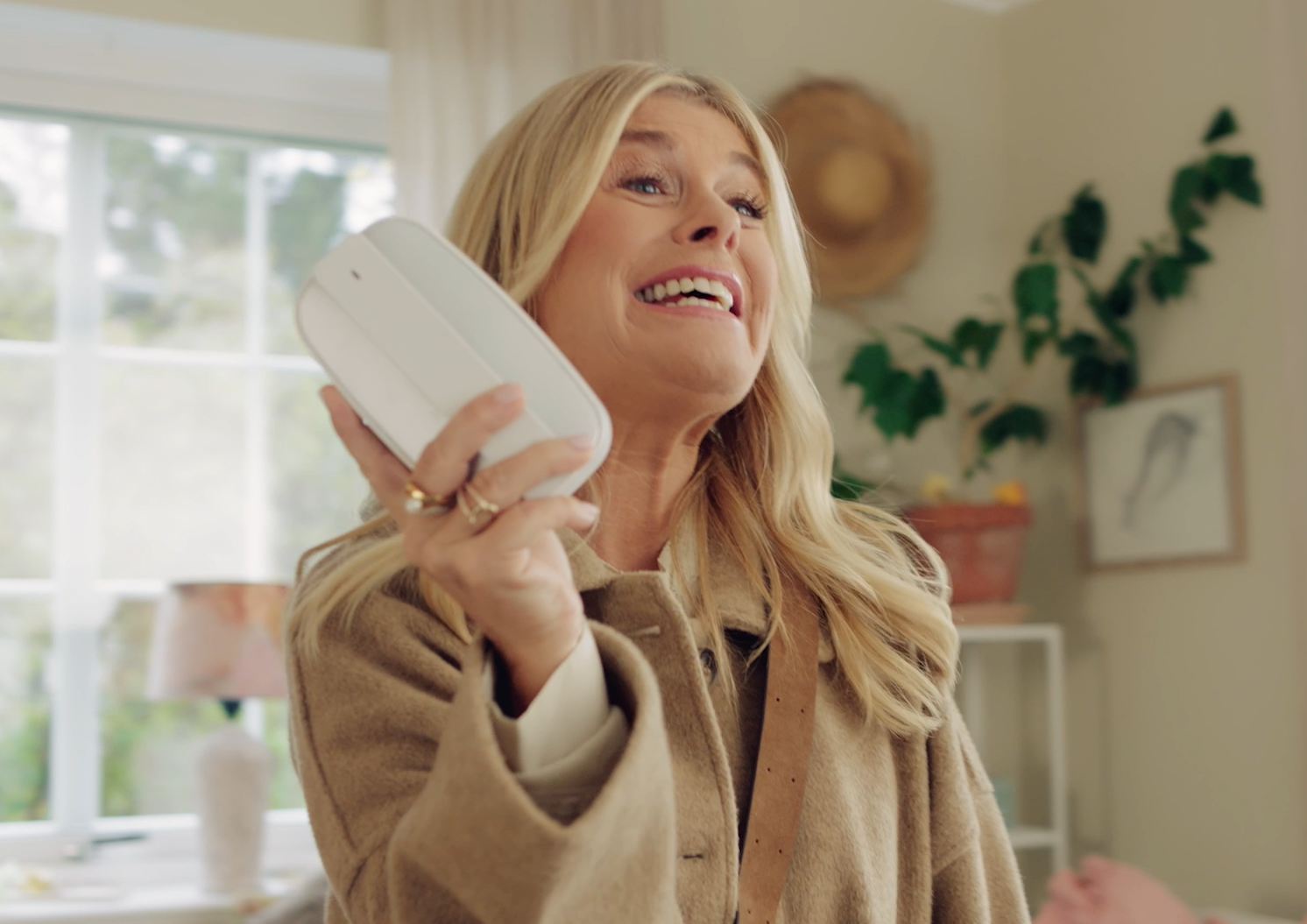Rats and mice can get into your home through openings you didn't even know existed. Here are the three most common entry points - and how you can protect yourself before it's too late.
Many homeowners are shocked to learn that rats and mice need no more than a 2-3 centimetre hole to get in. A crack in the foundation, a poorly sealed floor drain or a small pipe outlet is like an open door for rodents looking for warmth and food. When the cold weather arrives in autumn, the problem becomes acute - thousands of households are affected every year.
👉 Read more about Repello and order here
Three entry points to watch out for
Research in collaboration with LTU shows that there are three main routes that rats and mice use to enter homes:
-
Cracks and holes in the façade
Small openings around pipes and facades can be enough for a mouse to get in. A mouse only needs a 6 millimetre hole - about the size of a pencil - to squeeze through. -
Floor drains and sewer systems
Many people are shocked to learn that rats can swim through sewer pipes and climb up through floor drains, especially in basements and laundry rooms. -
Leaky doors and garage doors
A gap at the door of just one centimetre can be a perfect entrance for mice.
- All it takes is a small gap. Rats are extremely adept at squeezing through minimal openings, says Örjan, researcher at LTU.
Risk of both diseases and fires
It's not all about discomfort. Rats can spread disease through urine and faeces - and their gnawing causes fires every year when they bite through power lines. It is estimated that rat damage costs Swedish property owners millions of kronor every year.
A single infestation can be an expensive affair:
-
Water damage when pipes are gnawed off
-
Fires caused by broken cables
-
Sanitation costs to remove odours and droppings
New Swedish technology keeps rats away
Researchers in collaboration with LTU have developed Repello, the world's first rat repeller based on scientifically documented alarm signals. The research has also been evaluated by the Swedish University of Agricultural Sciences (SLU). Unlike traditional ultrasonic devices - which homeowners often call "hoax products" because the rodents get used to the sound - Repello uses an advanced sound pattern that triggers the rats' ancient flight instinct.
The technology is patented and has been proven in tests to make rodents flee the area - and not come back.
Sales success from day one
Interest has been huge. In the first week alone, over 2 000 units were sold and by the end of the year the company expects to reach a turnover of over SEK 40 million.
Each unit covers up to40 m² and is safe for both people and pets. It is also completely free of toxins, making it an environmentally friendly option.
How to protect your home this autumn
-
Inspect the house - look for small openings, cracks and leaky floor drains.
-
Seal all entrances - use metal mesh and sealant.
-
Use Repello - deploy the units in attics, basements and known risk areas.
- According to the researchers, the combination of sealing and sonic scarers with proven effectiveness is what works best in practice.
Om Repello
Repello was founded when Professor Örjan Johansson, in collaboration with Luleå University of Technology, developed the world's first scientifically proven ultrasonic rat repellent. The result: rats quickly disappeared - and never came back. The research was also evaluated by the Swedish University of Agricultural Sciences (SLU). Today, we offer safe and research-based pest control for your home.

